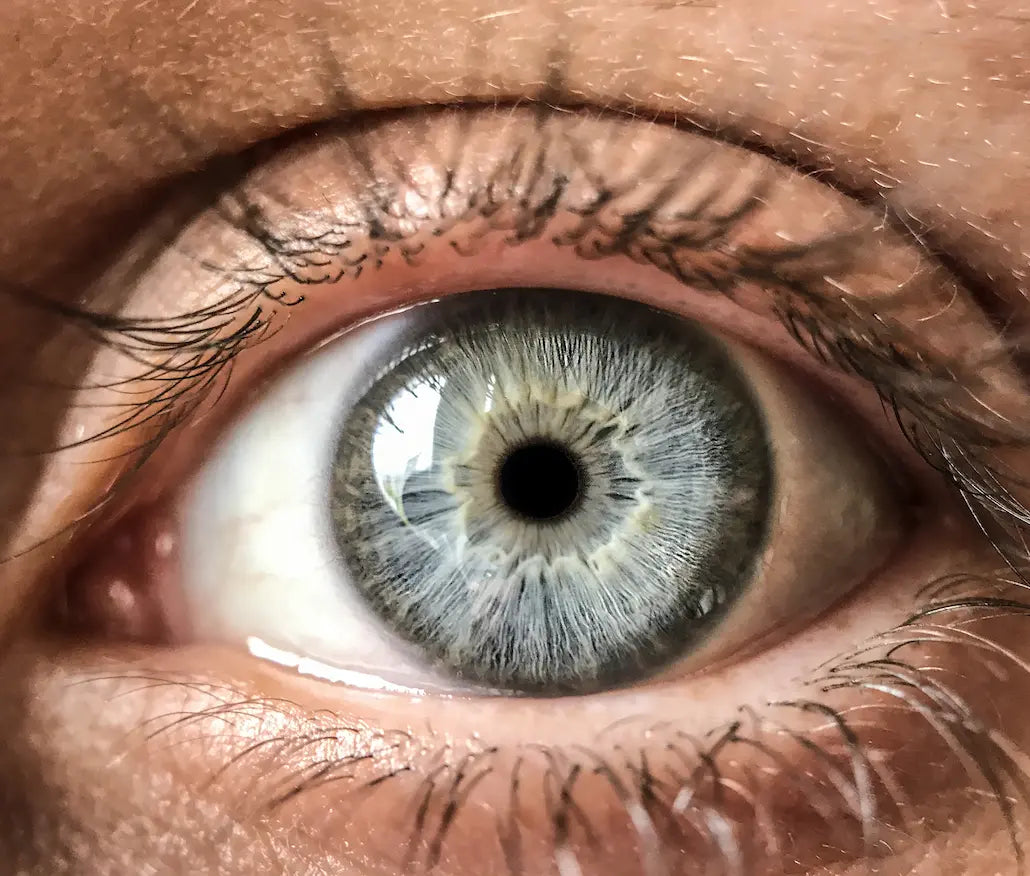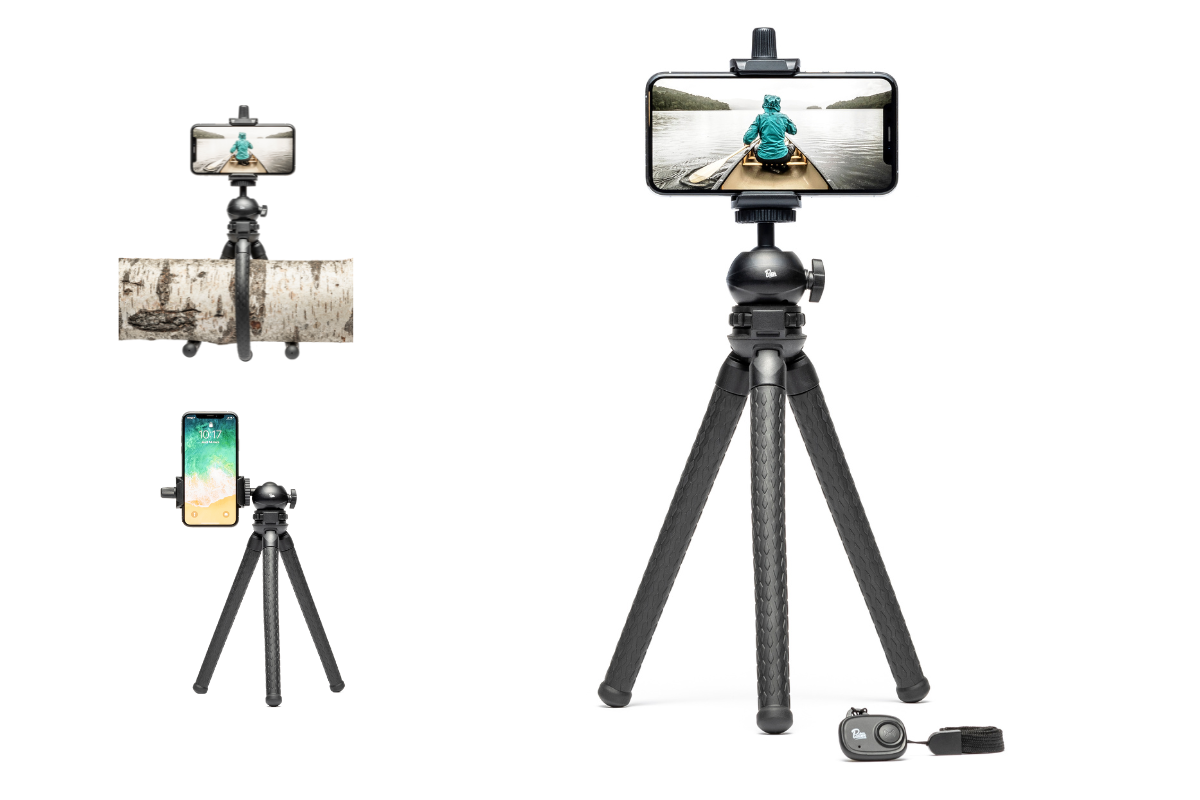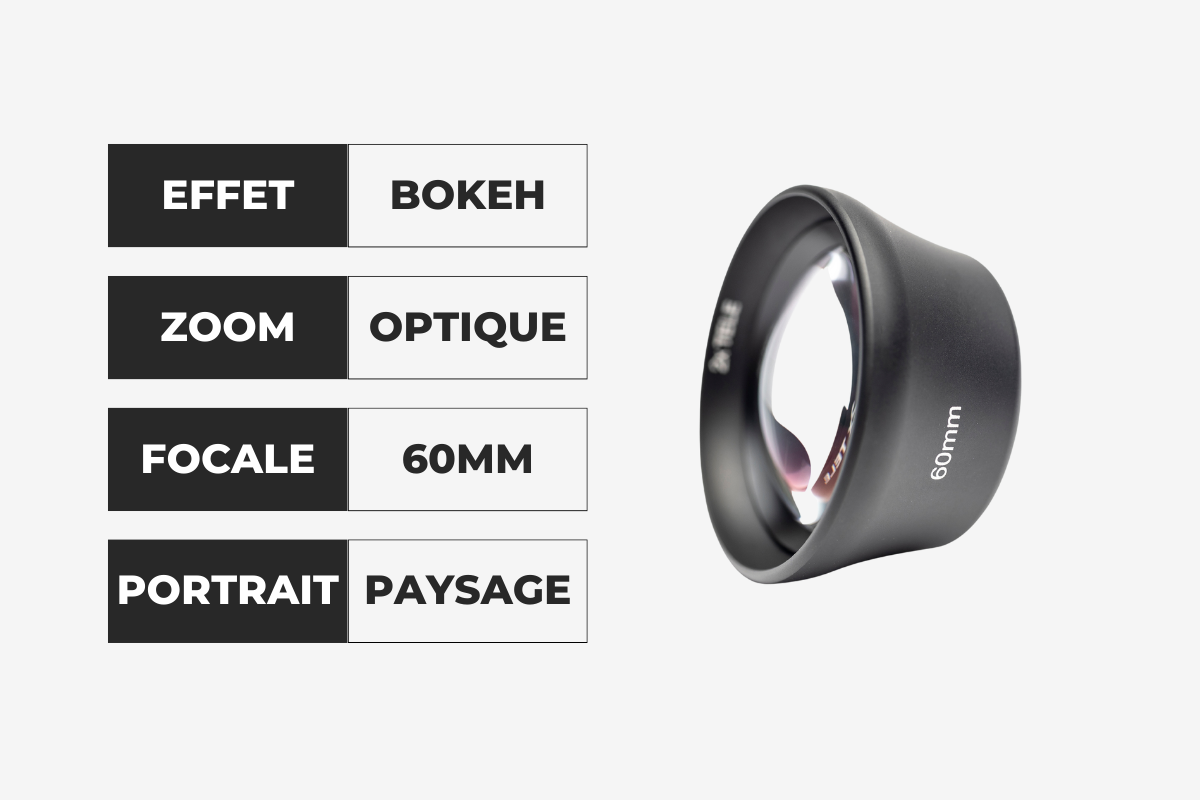The world of mobile photography is constantly evolving, offering us, enthusiasts, ever-greater possibilities and higher performance. At the heart of this revolution are our telephoto, macro, or fisheye lenses for smartphones, these small optical wonders that push the boundaries of our photographic creativity. In this article, we will explore in detail each step of the manufacturing process of these lenses, highlighting the advanced materials and design techniques that make them so exceptional.
Material Choice: Combining Performance and Durability
When it comes to designing lenses for smartphones, the choice of materials is crucial. Our teams rely on decades of experience and extensive research to select the materials best suited for each optical component.
Low dispersion glasses, for example, are preferred to reduce chromatic aberrations and ensure accurate color reproduction, even in the most challenging lighting conditions.
Furthermore, the use of high refractive index glasses allows minimizing the size of the lenses while maximizing optical performance, thus providing images of exceptional sharpness.
The specific components of optical glass can vary depending on the lens design requirements and the technical specifications of the camera.
For instance, low dispersion glasses (such as fluoride-based glass or fluorite-based glass) are often used to reduce chromatic aberrations in long focal length lenses, like telephoto lenses.
But materials are not chosen solely for their optical properties. Durability is also an important consideration, especially in the context of daily use on a smartphone.
That's why our teams carefully examine the mechanical properties of each material, ensuring they withstand impacts, scratches, and varying environmental conditions.
Technology at the Heart of Innovation
The design of telephoto lens elements heavily relies on advanced Computer-Aided Design (CAD) tools. Our engineers use these software to simulate and optimize the arrangement of lens elements, minimizing optical aberrations such as distortion and field curvature. Sophisticated algorithms are employed to adjust design parameters to achieve maximum image quality across the zoom range. Each lens configuration is thoroughly tested and adjusted until the optical performance meets the strictest standards.
Optical Lens Manufacturing
Once the design is finalized, the lenses enter the manufacturing process, a combination of art and science that requires extreme precision. Computer-Aided Manufacturing (CAM) techniques are widely used to produce lenses of exceptional quality.
Automated grinding and polishing ensure smooth and precise optical surfaces, essential for optimal optical performance.
Grinding: This step involves shaping the surface of the lenses by progressively removing layers of material using abrasive wheels. The lenses are placed on specially designed grinding machines, where precise movements are controlled to ensure uniformity in shape and curvature. Grinding allows sculpting the lenses according to the exact design specifications, eliminating imperfections and creating smooth and regular surfaces.
Polishing: Once the lenses have been properly shaped through grinding, they move on to the polishing stage. This phase involves further refining the surface of the lenses to remove scratches, grinding marks, and other superficial defects. The lenses are placed on rotating plates and polished with finer abrasive agents, such as polishing pastes, to achieve a perfectly smooth and transparent surface. Polishing is a delicate process that requires meticulous attention to detail to ensure optimal results.
Each lens is then carefully inspected for any defects or imperfections, thus ensuring consistent quality at every stage of the manufacturing process.
In conclusion, the manufacturing of smartphone lenses is a complex and meticulous process that combines technical expertise, innovation, and cutting-edge engineering. Through the use of high-quality materials, advanced design techniques, and precision manufacturing, our teams manage to push the boundaries of mobile photography, offering users images of exceptional sharpness and clarity, regardless of the subject or distance.




